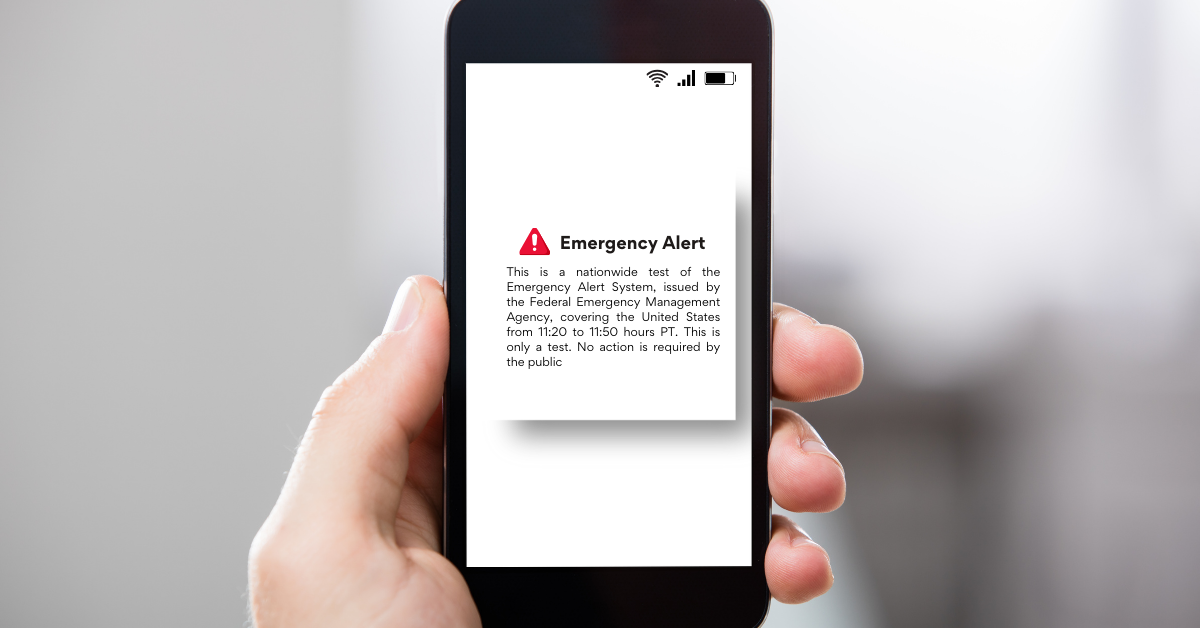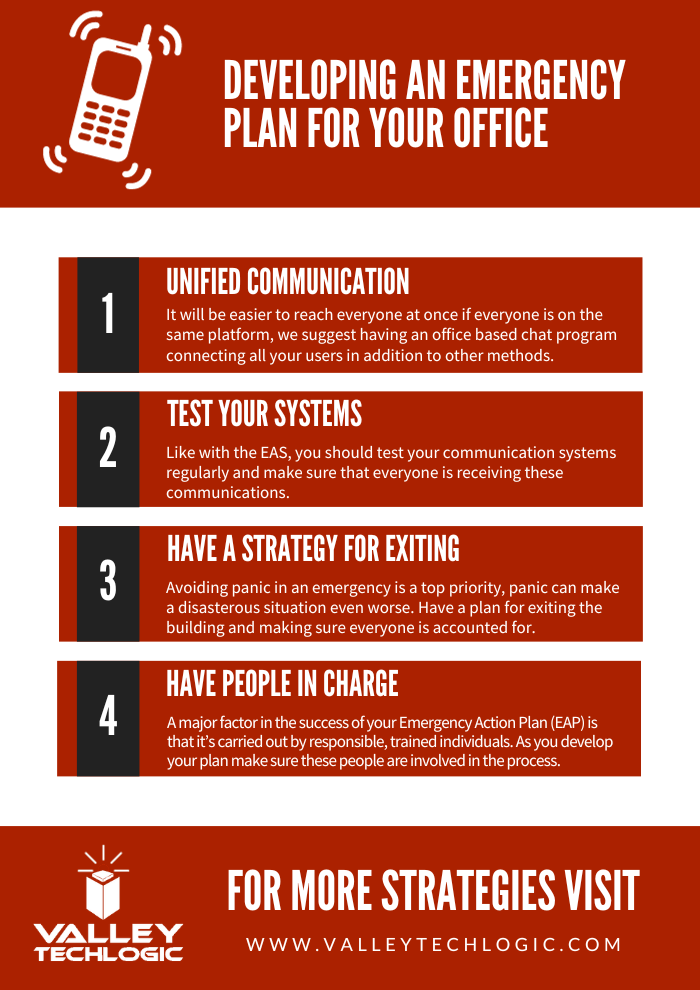At 11:20 PST on Wednesday phones across the nation blared a screeching sound with a prompt on the screen alerting users that this was a test of the National Wireless Emergency Alert system.
In addition to cellphones across the nation this alert was also played on the TV and radio, although EAS (Emergency Alert System) alerts are common this was the first time a cellphone alert was used in conjunction with EAS simultaneously.
The purpose of the EAS system was to be able to warn the public of any threats on a national scale. As television and radio viewership has declined in recent years. Adding cellphone alerts into the mix makes sense from an application level, though many were not aware that this was going to occur before this first alert hit their phones at a deafening volume.
This test was conducted by FEMA and the Federal Communications Commission (FCC) and was conducted using the same systems that send alerts about severe weather or Amber Alerts locally. The tone and volume were chosen in addition to vibration to make the alert accessible to those with disabilities. In many cases the notification was received in English as well as Spanish.
Legislation was passed in 2015 requiring FEMA to conduct nationwide tests every 3 years, so you can extrapolate that another test of this nature will be received in 2026. The test was designed so that even if your phone was able to opt out of alerts for weather etc. they would not be able to opt out of alerts from NWEA.
Although having your phone on airplane mode during the testing window would prevent the alert from reaching your phone. The test was scheduled to last, until dismissed, for 30 minutes. The sound would also not be played for those currently on a call when the alert went out.
There were some claims in advance of this test made by groups concerned that the government will have overarching control of your mobile phone during the test (or afterward) or concerns about their phones security.
The system behind how this alert was delivered was constructed after an executive order by then President George W. Bush in 2006. Labeled Integrated Public Alert and Warning System (IPAWS) in a nutshell it’s a code that distributes an alert to supported wireless devices via the internet, though that also unfortunately makes it vulnerable to the same roadblocks that can make internet unavailable (such as being out of network).
The Common Alerting Protocol (CAP) at the heart of the IPAWS system is not unique to the US but is instead a worldwide distributed protocol for both delivering alerts and studying the nature of the alerts that are being broadcast to look for trends and improve safety standards. CAP was adopted worldwide after a Geneva convention in 2006 and has been improved upon ever since.
We realize we just delivered a lot of complicated information but in general, this alert was nothing to worry about and is a sign that the system is working. In the event of a national emergency, it’s important that the public can be warned so that they can take whatever safety measures necessary and to control widespread panic.
This alert is an excellent example of effective communication and on a smaller scale, businesses can use this example to develop strategies in their own business for more effective communication. If you had to reach all your employees quickly, could you? If not, here are four things you can look at to develop a good emergency strategy for your office:
If improving digital communication is something you would like to improve in your business, Valley Techlogic can help. We have experience in creating unified systems that includes increasing communication and collaboration, especially through our partnership with Microsoft. If you’d like to learn more, reach out today to schedule a consultation.
Looking for more to read? We suggest these other articles from our site.
This article was powered by Valley Techlogic, an IT service provider in Atwater, CA. You can find more information at https://www.valleytechlogic.com/ or on Facebook at https://www.facebook.com/valleytechlogic/ . Follow us on Twitter at https://x.com/valleytechlogic.




You must be logged in to post a comment.